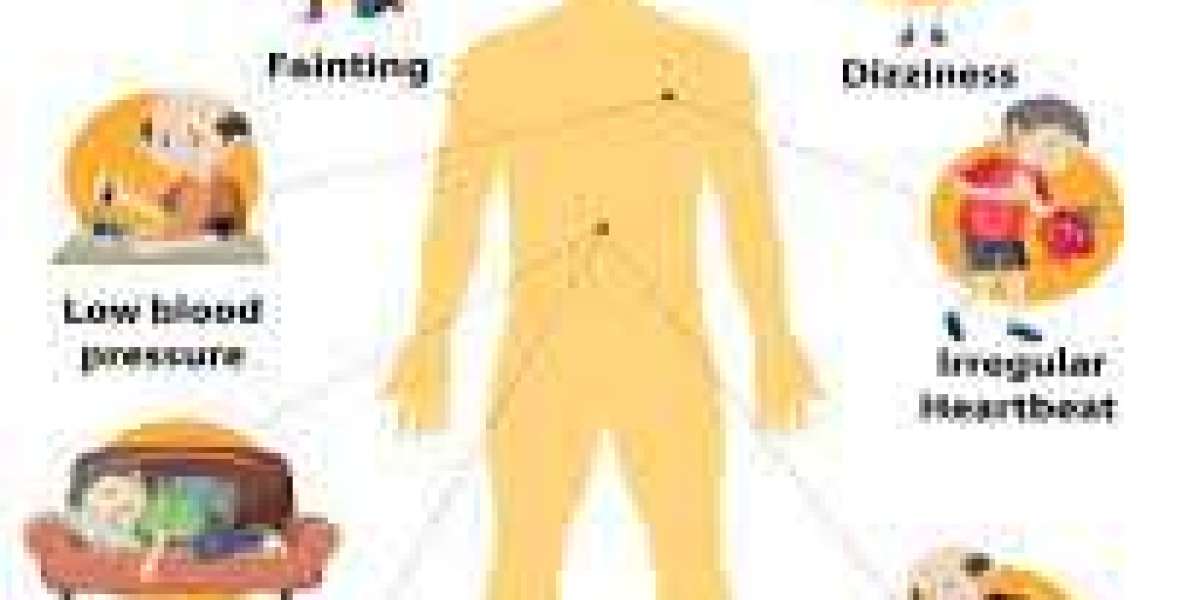Hypertension, also known as high blood pressure, is a common health problem affecting millions of people around the world. It happens when the force of blood against your artery walls is too high. If not treated in time, it can lead to heart disease, stroke, kidney failure, and other serious health issues.
The good news is that hypertension can be managed with the right knowledge, lifestyle changes, and proper treatment. Let’s break it down in simple terms.
What Is Hypertension?
Hypertension is when your blood pressure readings are consistently above 130/80 mmHg. This means your heart is working too hard to pump blood, which puts stress on your arteries and vital organs.
There are two types of hypertension:
Primary (Essential) Hypertension: Develops over time with no clear cause.
Secondary Hypertension: Caused by another medical condition like kidney problems, hormone disorders, or certain medications.
Common Causes of Hypertension
Many things can lead to high blood pressure, including:
Unhealthy Diet: Too much salt, sugar, or fatty foods.
Lack of Exercise: Not moving enough can weaken your heart.
Obesity: Extra weight increases pressure on your heart.
Smoking and Alcohol: These harm your blood vessels.
Stress: Ongoing stress can cause your pressure to rise.
Family History: Genetics also play a role.
Age: Risk increases as you get older.
Symptoms of Hypertension
Hypertension is often called a “silent killer” because it usually shows no symptoms in the early stages. However, when it becomes severe, you may notice:
Headaches
Dizziness
Blurry vision
Shortness of breath
Chest pain
Fatigue
Nosebleeds (in rare cases)
If you feel any of these signs, it’s important to check your blood pressure regularly.
How Is Hypertension Diagnosed?
Doctors use a blood pressure monitor to check your levels. They may also suggest:
Blood tests
Urine tests
ECG or heart scans
Eye exams (to see if your eyes are affected)
A few readings over time help confirm if you truly have high blood pressure.
Effective Treatments for Hypertension
1. Lifestyle Changes
Making healthy choices is the first step:
Eat more fruits, vegetables, and whole grains
Reduce salt and sugar in your meals
Exercise at least 30 minutes a day
Get enough sleep (7–8 hours a night)
Quit smoking and limit alcohol
Manage stress through relaxation or meditation
2. Medication
If lifestyle changes are not enough, doctors may prescribe medicines to help lower your blood pressure. These include:
Diuretics (water pills)
ACE inhibitors
Beta-blockers
Calcium channel blockers
In some cases, medications like Vidalista Pills, which are used to improve blood flow, might offer additional benefits under medical guidance—especially for men with both hypertension and circulation issues. Always use them as prescribed.
3. Regular Monitoring
Track your blood pressure at home. Keep a record of your readings and bring it to your doctor for review. This helps in adjusting your treatment and keeping your pressure stable.
Final Thoughts
Hypertension is serious, but it can be managed. By knowing the causes, watching for symptoms, and following your doctor’s advice, you can protect your heart and live a full, healthy life. Don’t wait for signs — take action early, and make your health a top priority.








